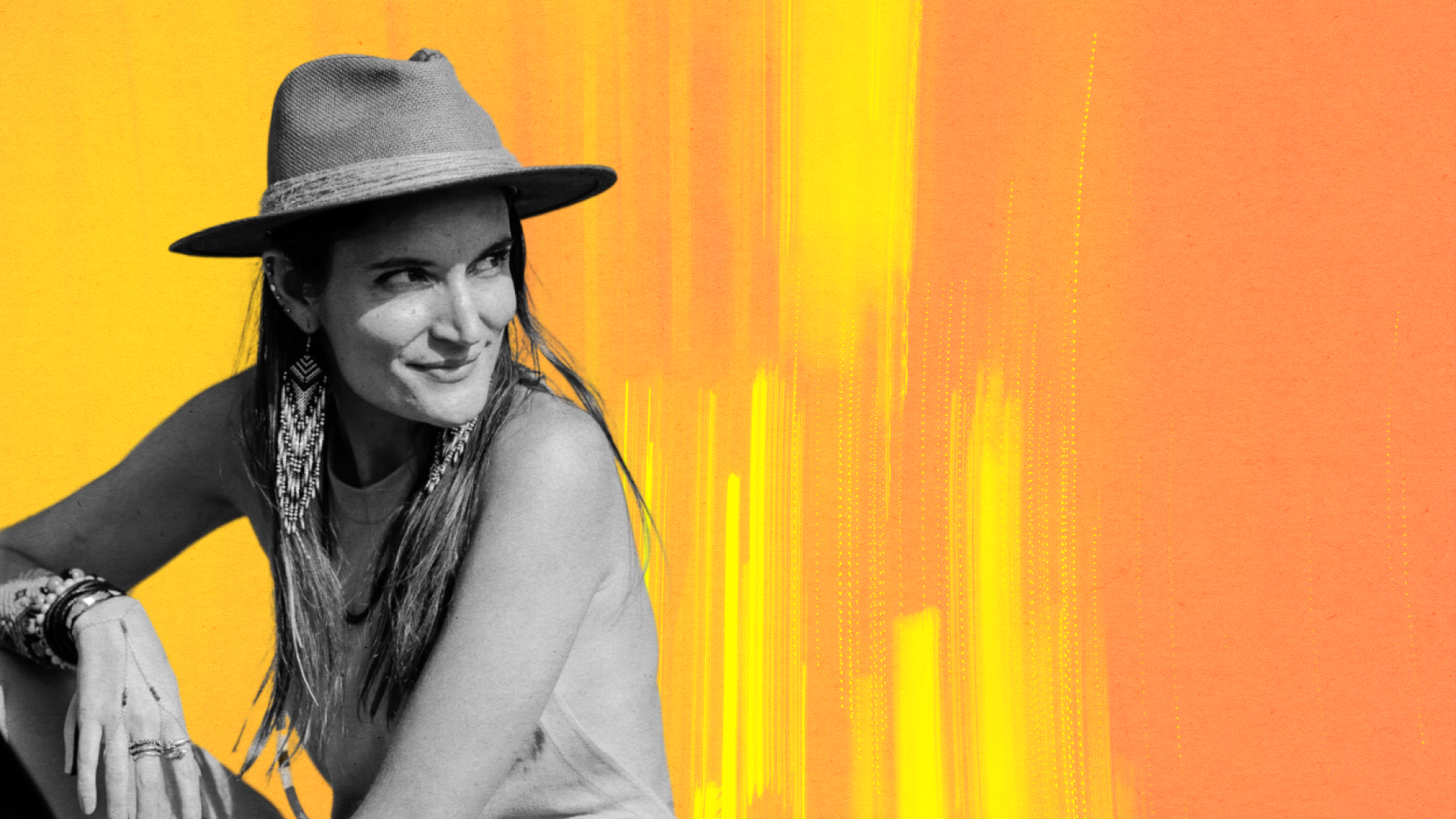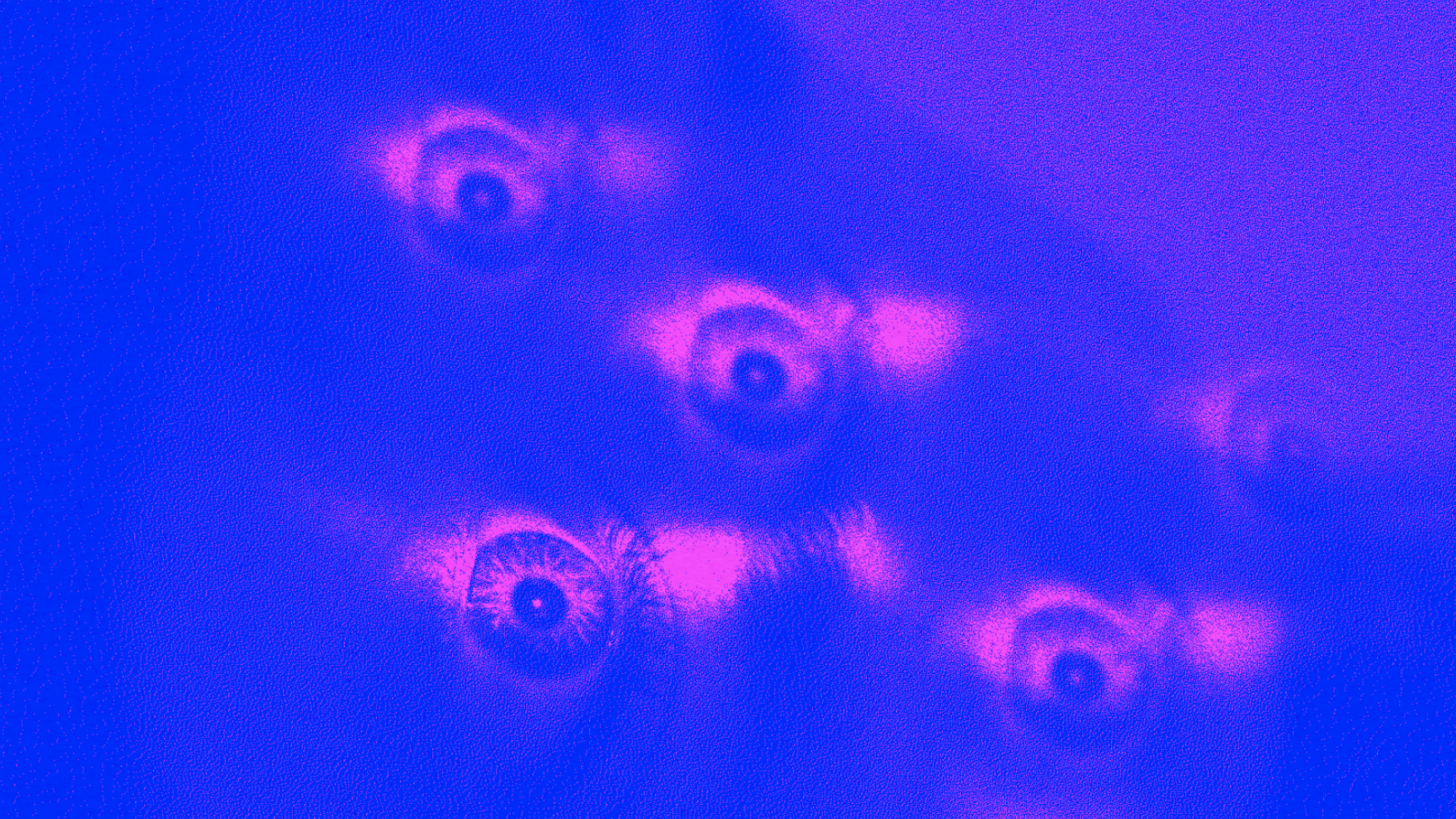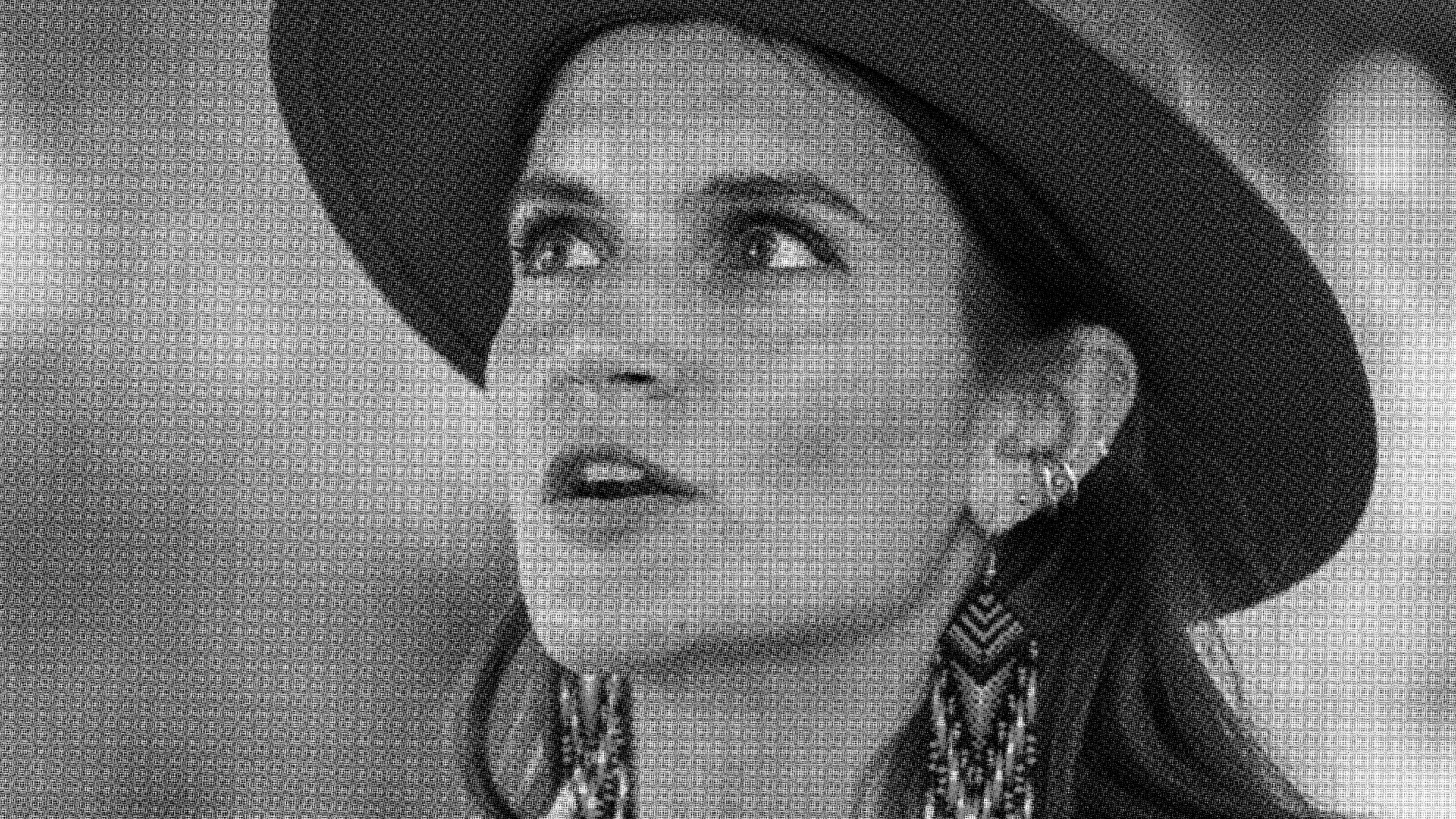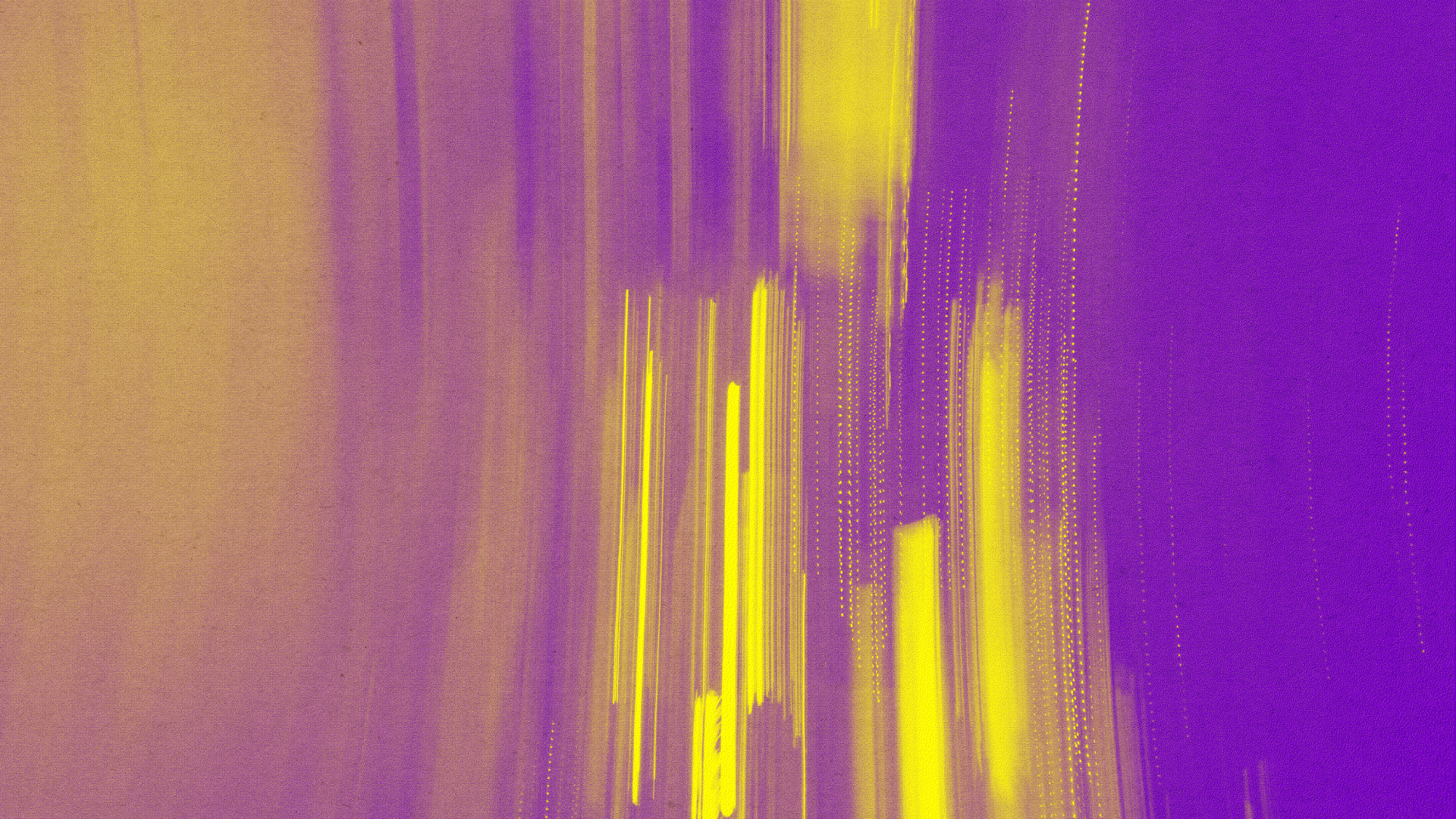Are You (Psychedelically) Integrated?

Psychedelics? They’re on our minds.
While psychedelic plants and fungi have been used in indigenous medicinal traditions for millennia, modern scientific research only began in the 1930s with Albert Hofmann’s famed experiments with LSD and reached an apogee in the 50s and 60s. Hampered by governmental interventions ever since, the recent revival—catalyzed by the global mental health crisis—includes clinical trials with MDMA-assisted therapy for the treatment of PTSD, alcoholism, and social anxiety, psilocybin clinical studies for depression and addiction, and trials using ketamine as an antidote to bipolar disorder and suicidal behavior.
In 2021, Johns Hopkins Medicine received a substantial grant for a psychedelic drug trial from the NIH (National Institute of Health)—the first in over fifty years, for a study of psilocybin-assisted psychotherapy for tobacco addiction. The U.S. state of Oregon made psilocybin legal earlier this year, and Australia can now legally prescribe MDMA and psilocybin for PTSD and depression (with the U.S. government poised to follow suit).
Today, drug companies, academic institutions, and even governments continue to actively invest in the psychedelic therapy space—and it’s booming. Throughout Europe and elsewhere, governmental bodies are discussing decriminalization and legalization, and some analysts predict that the industry could be worth up to $8 billion by 2028, with startups having already raised hundreds of millions of dollars.
Little wonder that the poolside talk at The___Dream given by psychedelic wellness advocate, integration educator, keynote speaker, and writer Amánda Efthimiou was a hit. Amánda’s MSc in Neuroscience and Psychology of Mental Health as well as her experiences with facilitating forest regeneration and bio-culture preservation of indigenous medicines in the Amazon basin, situate her perfectly to respond to people’s questions, misconceptions, and fears about psychedelics and how best to experiment with them.
We caught up with her after The___Dream to continue the conversation…
Interview by Paul Sullivan

—The psychedelic therapy space seems to be, um, mushrooming at the moment. What are your thoughts on that, first of all?
I’m very hopeful about the industry. From a regulatory perspective, especially in the U.S., more and more states are allowing for decriminalization measures and even legalization. There are so many research centers at the major institutions for psychedelics, as academia also allows itself more time, space, and money to put toward these studies. And in the medical community, you see psychiatrists who are offering ketamine-assisted therapy and doctors and providers who are encouraging it.
So much progress has been made—we now have MDMA passing phase three clinical trials for PTSD. It means that soon in the U.S., if somebody has a clinical diagnosis of PTSD, they can work with MDMA as a therapeutic treatment, and for many of these people, other medications or therapies were not working at all. That these are even being considered as treatment options helps us see that maybe taking an SSRI (a widely used type of antidepressant) every day is not really the answer.
“A big part of the treatment is the integration aspect, and that’s less talked about…by those who want more drugs to be produced.”
So the industry is also having a bit of a reckoning with itself because it wants to help people but also wants to make sure it’s a sustainable business model. We need to make sure that everyone gets access too, and right now, it costs a lot of money.
For example, in Oregon, where the first licensed centers for psilocybin administration are being opened, the average cost is in the thousands for a single ceremony. That’s a lot of money but that’s how much it actually costs to pay real facilitators, to get the proper medicine in a legal way, to have the right insurance, etc. Obviously, not everyone can afford this, so we need to look at how it looks for insurance companies to enter the picture.
—At The___Dream, you mentioned some research that has questioned the efficacy of microdosing, claiming it works only as a placebo. This seems surprising since it’s such a popular phenomenon.
Yes, according to some research, microdosing is only as effective as a placebo. This is to say that it’s the ecosystem around microdosing that’s having an effect on people rather than the drug itself, which is still a very positive thing if you look at it from the perspective of intention.
“Intention is the seed that makes change happen.”
If you just take a pill every morning and go about your day with no intention, you might feel something, but it’s not going to do what you want it to do. It is the act of creating an intention every single day, or on whatever days that you’re doing it, that rewires us. Intention plants a deep presence into the day, and more presence is akin to mindfulness meditation. So it turns out that the placebo is still very strong and valid and microdosing can still lead us to making more conscious decisions.
I have always said that there is no magic pill. I think with something like microdosing we’re trying to fit the psychedelic world into our existing medicalized framework, because it requires us to take something every day, at a set time, in a limited quantity, so it’s a bit like taking vitamins or SSRIs. Psychedelics don’t work in this way.

—As more Western individuals and institutions dig into these ancient cultures and rituals, is there a danger of getting it wrong? Of coming at it with too much ego? Of monetizing it or being cynical or superficial about it?
Entering that kind of space requires a level of curiosity and humility, like being a guest of an experience or an observer of a culture that’s not your own.
“Even if you’re paying for the service and it seems more transactional, we’re still guests in someone else’s cultural worldview.”
With ayahuasca, for example, some cultures have been working with this medicine for a long time and they’re sharing this medicine with us, so it should take a lot of humility for us to be prepared to work with this medicine as well. It’s a question of maybe not fully understanding what’s happening, but trusting that the space is being held in a way that healing and transformation can happen.
Part of my work is to help companies, and organizations enact models of reciprocity within their businesses. This element of reciprocity is really important for many indigenous cultures; it represents the harmony between giving and receiving and between self, the other, and nature. From an individual perspective, reciprocity can mean creating an intention and asking permission—something that’s simple but rarely spoken about. This is especially the case before entering a sacred space or traditional ritual using a particular medicine.

—Talking of companies: how can psychedelics or plant medicines be better integrated into working life?
I should preface my answer here by saying that I don’t encourage use of illegal substances. Although microdosing is freely spoken about because it’s so minimal and decriminalized in many places, it’s still not legal practice in most places. So I wouldn’t suggest that a company encourages its employees to microdose to make them creative or better people, especially if it’s illegal.
But I believe we can achieve altered states without any substances at all—by engaging with practices that are legal, free, safe, and accessible. For example, companies can encourage breathwork practices, silent meditation, movement practices, and vocal meditation.
These practices need to be integrated more deeply and consistently into work life instead of weaving them into a once-per-year activity such as Mental Health Awareness Week, or bringing in a meditation teacher once per quarter. Altered states’ experiences, self-development, and reflection practices can make us feel more connected, have greater clarity, be more content at work, cultivate deeper relationships, and be more vulnerable and honest with our colleagues. They can allow us to have a greater understanding of our purpose at work and at home; it’s about embedding this philosophy into work culture.
—Is this what you mean when you talk about ‘integration’?
Yes, integration is about continuity and consistency. It’s about taking personal responsibility for the process, which is where challenges can occur. When we take a psychedelic to reach an altered state, we’re placing our hopes on a drug or a substance to make that change for us, but integration flips that around to make us realize we are already the medicine we need.
If we take responsibility and put in the effort, changes will happen over time—integration gives us the tools and the framework to do that more easily. It’s not about considering integration as part of a to-do list that we need to fulfill along with all our other tasks, but about incorporating these practices more organically. It’s about the subtle ways that we can incorporate these activities so that they last and are meaningful.
“Integration has always been at the heart of what I do.”
Previously I worked for a psychedelic investment company which gave me a bird’s-eye-view of what’s happening in the industry, in terms of investment into the development and distribution of these substances for safe, accessible, and scientifically backed clinical care. Previously, I was a director for a nonprofit supporting indigenous plant medicine reforestation in the Amazon, which I found to be really enriching and important. All this experience is a big part of what’s making the wheels turn with my company INTEGRA and integration education.

—Does using psychedelics in a more clinical or urban setting destroy the connection to nature?
The ‘nature’ element is a big part of psychedelic therapy, depending on the type of experience. For example, if you’re doing a ketamine infusion in a clinical setting, how much is nature really part of your experience? Your environment is important, whether that be your home, your family environment, your work environment, or whatever space you occupy in daily life. I think it can be more like a mindset rather than having to be literally “out in nature.” It’s more about having a connection with something bigger than yourself and using your environment to support that deeper connection.
“By connecting with something greater than us, I believe we are also more likely to gain a better understanding of how our actions affect the entire world.”
How our day-to-day decisions might influence climate change. It might make us more inclined to make more sustainable choices in terms of what we consume. It can be a slow behavioral change where, the more we feel unity and a connection, we go beyond our individual needs and priorities. And if people are working with natural plant medicines, and these ecosystems from which they come are being destroyed by our human actions, people will hopefully be more likely to want to protect the very nature that is helping them heal.
Amánda Efthimiou runs INTEGRA, which trains companies, retreat centers, and facilitators by designing integration programs to help people find meaning and healing from their psychedelic experiences. You can find out more about her at her website and on LinkedIn, and you can sign up for her Integration newsletter, Healing Beyond Medicine, on substack.
